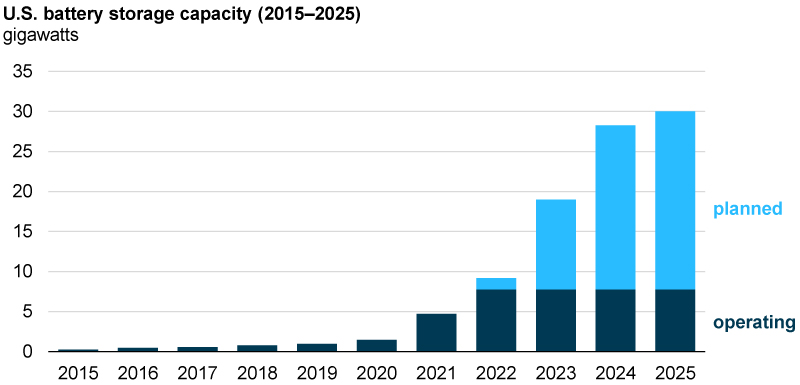Participants Praise ‘New Cadence’ for In-person Meetings
TUCSON, Ariz. — Following this week’s meetings of NERC’s Board of Trustees and Member Representatives Committee (MRC), board Chair Ken DeFontes congratulated the bodies on “a very productive week,” aided by a “new cadence” for the events intended to give participants more chances to interact outside of formal gatherings.
“I really got a strong vibe last night from everyone … how much they enjoyed getting together and having that kind of approach,” DeFontes said in opening Thursday’s board meeting.
“I also hear positive feedback from people about the time that we’ve allowed for breaks and an opportunity to have more informal conversations. I think we’re becoming more hungry for that just because we haven’t been able to be together as much as we would have liked,” he continued, referring to the moratorium on in-person gatherings caused by the COVID-19 pandemic that the board and MRC ended their August meetings with in Vancouver.
The Tucson meeting was one of only two full gatherings planned for members and trustees this year, as announced when the board met in New Orleans in November. (See “Board Makes Meeting Changes Official,” NERC Board of Trustees/MRC Briefs: Nov. 15-16, 2022.) While the August 16-17 meetings — to be held in Ottawa, Ontario — will feature full attendance by trustees, members and stakeholders as usual, only trustees and members will attend the May 10-11 gathering in D.C. in person, while others will attend virtually.
The final meeting of the year will be held entirely online; currently the plan is for this meeting to be trustees only, though DeFontes has previously said a virtual MRC meeting is possible if action is needed from members.
New Standards Sent to FERC
Trustees voted Thursday to adopt two new reliability standards, concluding the work of Project 2021-04 (Modifications to PRC-002 – Phase II) and Project 2021-05 (Modifications to PRC-023).
Project 2021-04 produced the standard PRC-002-4 (Disturbance monitoring and reporting requirements), which clarifies notification requirements for fault recorder data in order to help analyze bulk electric system disturbances. The result of Project 2021-05 is PRC-023-6 (Transmission relay loadability), which aims to “eliminate confusion surrounding out-of-step blocking settings.” Both standards will now be submitted to FERC for final approval.
Following the approval of the new standards, Howard Gugel, NERC vice president of standards development, updated the board on the progress of the organization’s work on addressing extreme cold weather.
Earlier on Thursday FERC had agreed to adopt the new standards EOP-011-3 (Emergency operations) and EOP-012-1 (Extreme cold weather preparedness and operations) following their approval by the board in October. Gugel noted that these two standards represent the first phase of the cold weather standards project that the board ordered in November 2021. The standard development team is currently working on the second phase and plans to have new standards available for public comment by March, after the team revises them one more time to address the commission’s newest order.
Board Agrees to Shortened Data Request Timeline
In addition to the standards actions, the board voted to authorize a shortened timeline for NERC to gather information related to FERC’s order last month directing NERC to develop standards requiring utilities to implement internal network security monitoring on certain bulk electric system cyber systems. (See FERC Proposes New Cybersecurity Standard.)
The commission’s order mandated that NERC’s new standards apply to all high-impact BES cyber systems, and to medium-impact cyber systems with external routable connectivity. In addition, the order directed NERC to study the potential impact of applying the requirements to all other cyber systems. FERC ordered this study to be submitted by Jan. 18, 2024.
Performing such a study would require NERC to issue a Section 1600 data request to responsible entities, but this request must be submitted to FERC for a 21-day review period, and then undergo a public comment period that normally lasts 45 days, which NERC staff feared would leave them unable to meet FERC’s deadline.
Staff requested that the board allow this comment period to be shortened to 21 days, and to request FERC shorten its review period to as little as five days, promising to “conduct outreach and coordination with FERC staff during the data request drafting stage.” The board approved the request without objection.
Thilly Honored in Retirement
Kristine Schmidt joined Thursday’s meeting as NERC’s newest trustee, having been confirmed by the MRC at its meeting the day before along with existing trustees Suzanne Keenan and Jim Piro. Each will serve for three years, with their terms expiring in February 2026.
Schmidt has 40 years’ experience in the electricity industry, including at Pacific Gas and Electric, where she was a board member in 2019-20. She has also served on the Western Energy Imbalance Market Governing Body, where she was the inaugural chair in 2016. Her career has also included stints at Xcel Energy and ITC Holdings, as well as a commissioner adviser at FERC. She will serve on the board’s Enterprise-wide Risk Committee, Finance and Audit Committee, and Nominating Committee.
Schmidt will take the seat recently vacated by former Chair Roy Thilly, who was ineligible for renomination having served on the board for 12 consecutive years. This restriction did not apply to Keenan and Piro, who have served for five and three years respectively.
Introducing a resolution to honor Thilly for his years on the board, DeFontes jokingly called Thilly — who preceded him as chair, serving from 2017 to 2021 — his “consigliere” for helping him get up to speed in his new role.
“When I stepped up to be chair, I was feeling a little uncomfortable [about] following Roy. But to his credit, he helped me a great deal with the transition, … and he did it with grace and dignity and humility,” DeFontes said.





